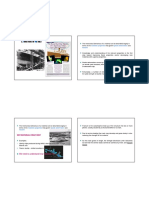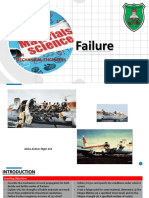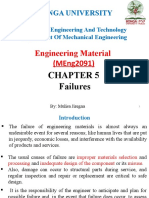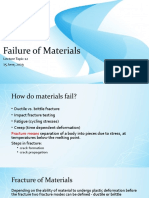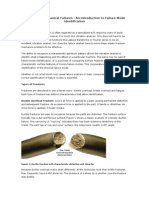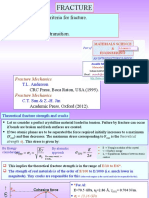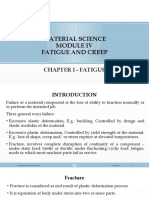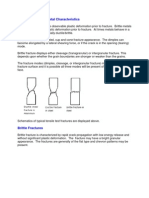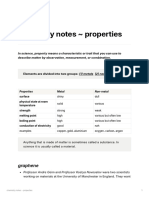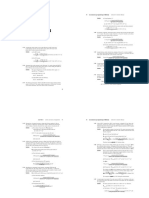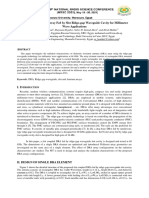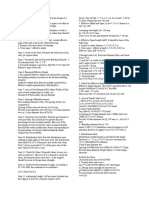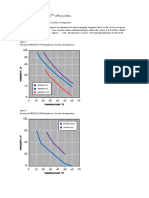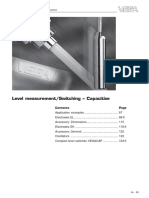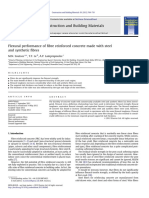0% found this document useful (0 votes)
35 views20 pagesMod 1 Lecture 2
The document outlines various metal failure modes, including ductile and brittle fractures, fatigue, and corrosion, along with their causes and characteristics. It emphasizes the importance of understanding these failure modes for proper design and maintenance to prevent material degradation. Additionally, it discusses the mechanisms behind ductile and brittle fractures, highlighting the differences in their behavior and appearance.
Uploaded by
Annamalai KCopyright
© © All Rights Reserved
We take content rights seriously. If you suspect this is your content, claim it here.
Available Formats
Download as PDF, TXT or read online on Scribd
0% found this document useful (0 votes)
35 views20 pagesMod 1 Lecture 2
The document outlines various metal failure modes, including ductile and brittle fractures, fatigue, and corrosion, along with their causes and characteristics. It emphasizes the importance of understanding these failure modes for proper design and maintenance to prevent material degradation. Additionally, it discusses the mechanisms behind ductile and brittle fractures, highlighting the differences in their behavior and appearance.
Uploaded by
Annamalai KCopyright
© © All Rights Reserved
We take content rights seriously. If you suspect this is your content, claim it here.
Available Formats
Download as PDF, TXT or read online on Scribd
/ 20








